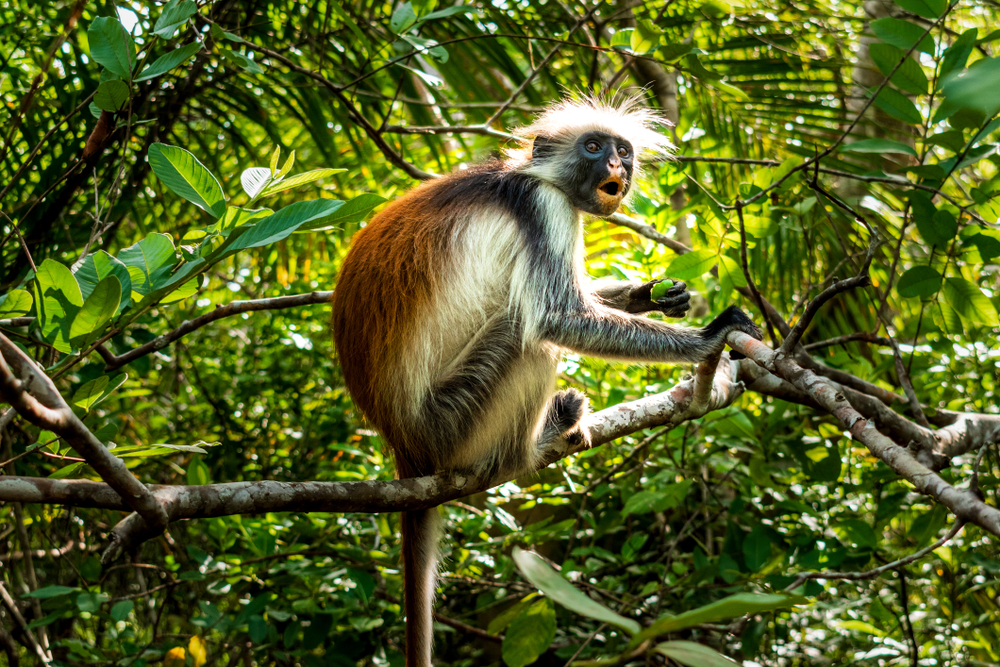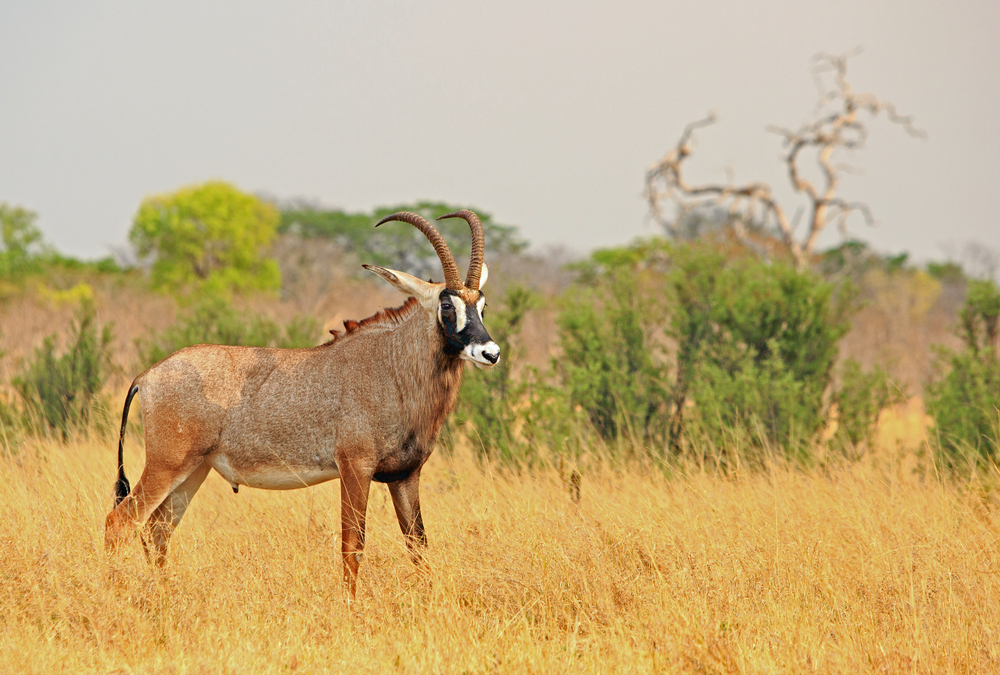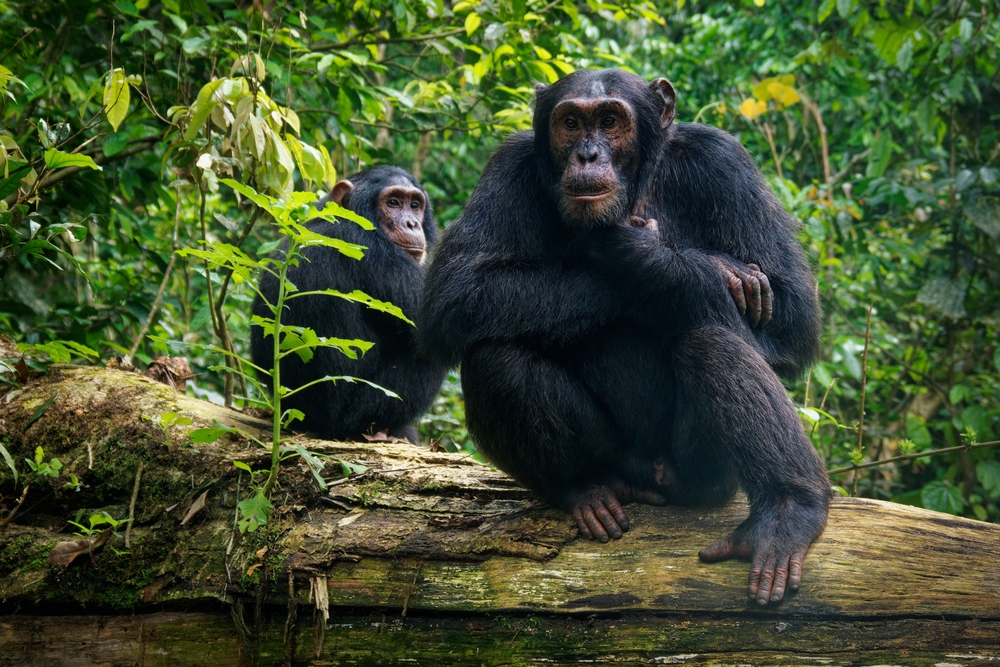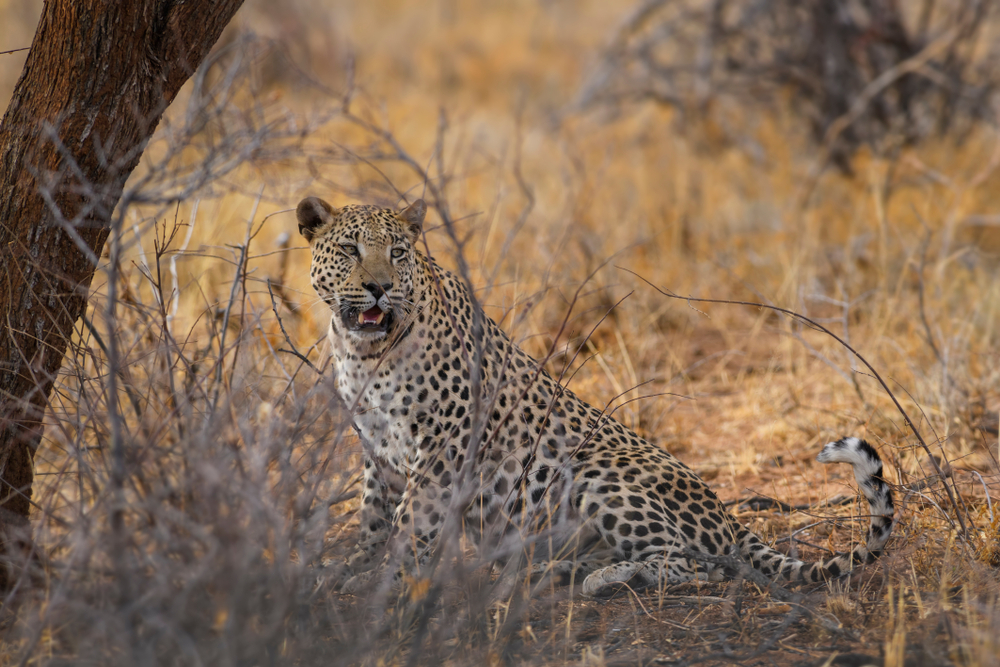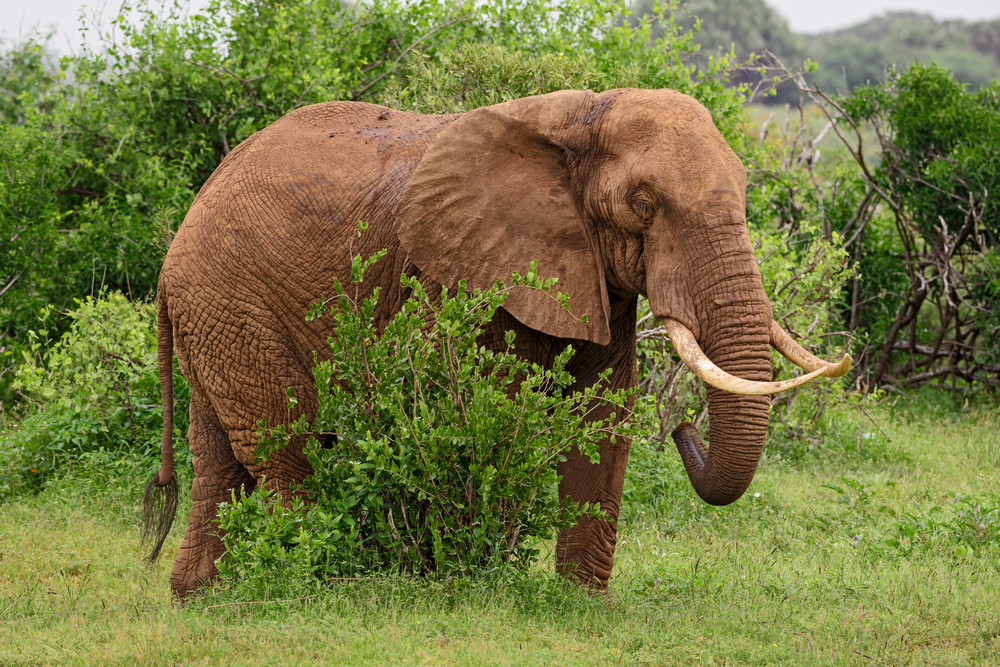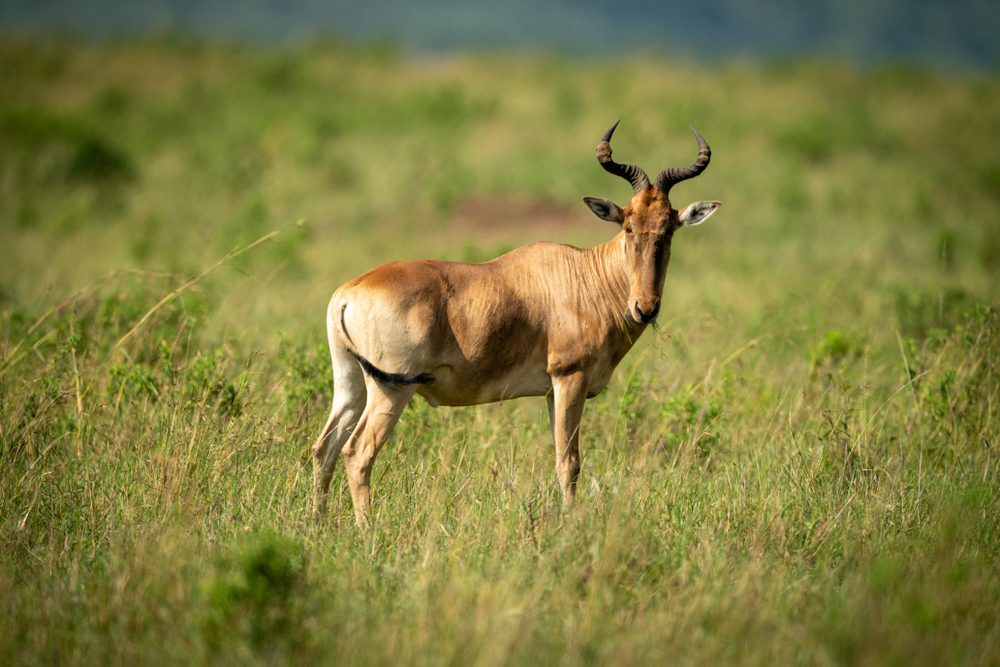Okomu Overview
Okomu National Park, locally known as “Okomu Forest Reserve”, is one of Nigeria’s most biodiverse and ecologically significant protected areas. Situated in Edo State, this park spans approximately 200 square kilometers (77 square miles) and represents a fragment of the once-expansive tropical rainforests of southwestern Nigeria. Originally designated as a forest reserve in 1935, Okomu was upgraded to national park status in 1999 to enhance its protection and conservation efforts. Despite its small size, the park is a critical sanctuary for endangered species and a vital part of Nigeria’s natural heritage.
The terrain of Okomu National Park is characterized by lowland rainforests interspersed with swamp forests, rivers, and streams. The dense canopy of towering trees such as mahogany, iroko, and afara creates a lush environment that supports a variety of flora and fauna. Swampy areas provide essential habitats for aquatic species, while the drier upland forests sustain terrestrial wildlife. This diverse terrain is not only breathtaking but also vital for maintaining the ecological balance of the region.
Okomu National Park is home to a wide array of wildlife, including some of Africa’s most iconic and endangered species. The park shelters the rare white-throated monkey and the Niger Delta red colobus monkey, both of which are critically endangered. Other primates, such as mona monkeys and patas monkeys, are also frequently sighted. Forest elephants, leopards, and buffalo roam the park, though sightings of these larger mammals are rare due to their elusive nature. Bird enthusiasts are drawn to Okomu for its vibrant avian population, which includes over 150 species such as the grey parrot, fish eagle, and the hornbill. Reptiles and amphibians, including crocodiles and frogs, thrive in the park’s rivers and swampy areas.
Visitors to Okomu National Park can engage with its natural beauty through guided forest walks and wildlife observation tours. Canopy walkways offer a unique vantage point for exploring the rainforest and spotting birds and primates. Boat trips along the park’s waterways provide serene experiences and opportunities to observe aquatic species. Eco-lodges near the park offer accommodations that allow visitors to immerse themselves in the tranquility of the forest. Cultural interactions with the local communities around the park provide insights into their traditional lifestyles and their role in conservation.
Despite its ecological significance, Okomu National Park faces challenges such as illegal logging, agricultural encroachment, and poaching. These threats have led to habitat degradation and declining wildlife populations. Conservation efforts, led by the Nigeria National Park Service and supported by local and international organizations, focus on reforestation, anti-poaching patrols, and community engagement. Environmental education programs aim to raise awareness about the importance of preserving the park’s unique biodiversity.
Okomu National Park is a gem of Nigeria’s rainforest ecosystems. Its rich biodiversity, stunning landscapes, and cultural significance make it a must-visit destination for eco-tourists and researchers. By protecting Okomu, Nigeria ensures the survival of its rainforest heritage and contributes to global efforts to conserve endangered species.








































































